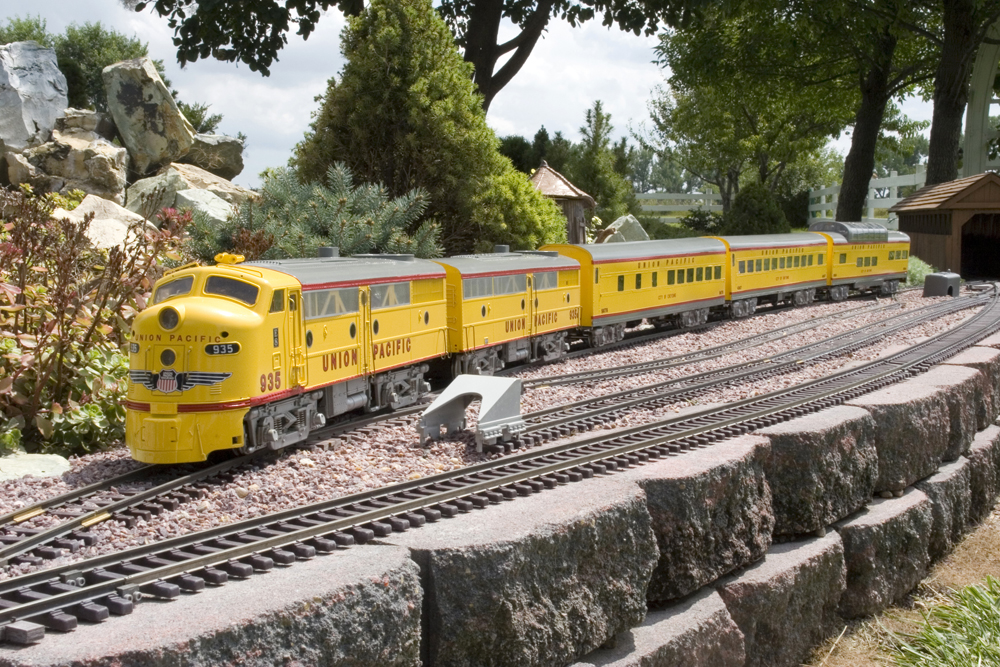
Mainline railroading in the 1950s Railway at a glance Name: Spring Creek Railroad Size of railroad: Roughly 24′ x 62′ Scale: 1:29, 1:20.3, and 1:32 Gauge: 45mm Era: Circa 1950s Theme: Mainline railroading, mostly passenger and freight; some narrow gauge and branch/trolley line on the inner loop Age: 14 years Motive power: Live steam, track […]
Read More…
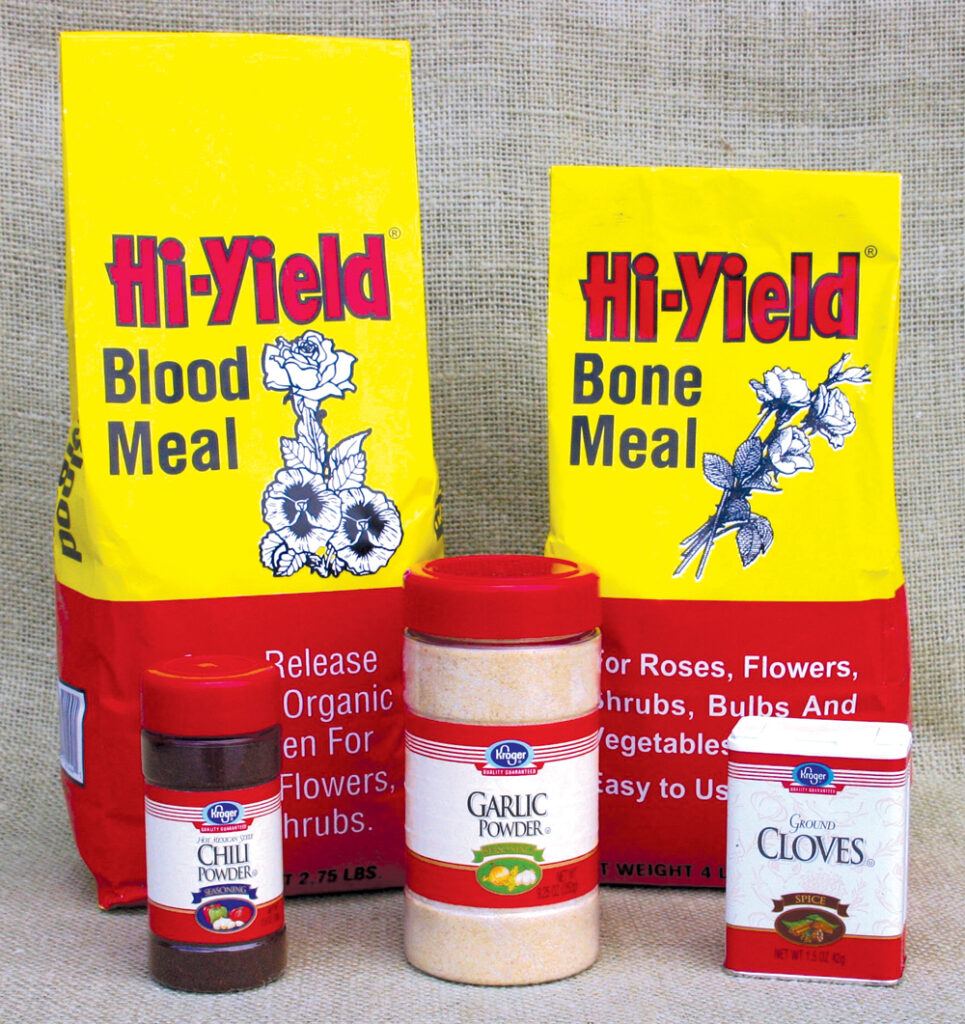
There are as many suggested ways to repel deer and rabbits as there are baby bunnies in my neighborhood. Physical barriers (fences) are probably the only sure-fire way to keep critters out of your railroad, but are expensive, often impractical, and usually unsightly. Next in order of effectiveness is to use plants that are less […]
Read More…

Solder track feeder wires: Good feeder wires are an important part of building a reliable model railroad. Feeders are the small wires that connect the track to a layout’s power bus and ultimately to its control system. Whether you are using AC, DC, or Digital Command Control (DCC) to run your trains, you will need […]
Read More…

Car routing with JMRI OperationsPro | The crew continues to prepare the State Line Route N scale model railroad for a prototypical operating session, and the next step is car routing. Instead of the widely used car-card-and-waybill freight-car routing system, David Popp and Trains.com host Gerry Leone use a computer program called JMRI OperationsPro to […]
Read More…

Signs from swizzle sticks: When my wife, kids, and I visited the General Store Antique Mall in Kewaskum, Wis., I wasn’t really thinking about model railroading (although I did run into a fellow modeler at the store). Instead, I planned on enjoying an hour or two browsing the dozens of booths in the two-story building […]
Read More…

Tools to cut and strip wire when building a model railroad: When wiring a model railroad, an essential tool is a good pair of wire strippers. I use the two examples of wire strippers shown in fig. 1, and both have served me well over the years. While there are other wire-stripping tools available, these […]
Read More…
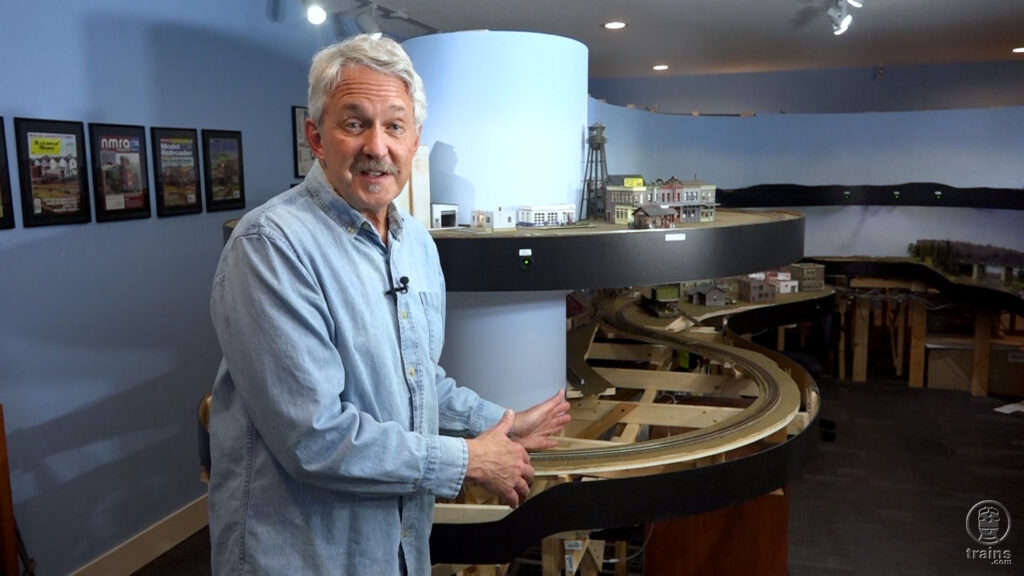
In this episode, Host Gerry Leone acknowledges two areas on his layout where he needs to rethink the track arrangements. He discusses possible solutions and then shows how he rerouted the track on the lower and upper decks to fit his vision. Getting to know Gerry Leone Back on Track host Gerry Leone is just […]
Read More…
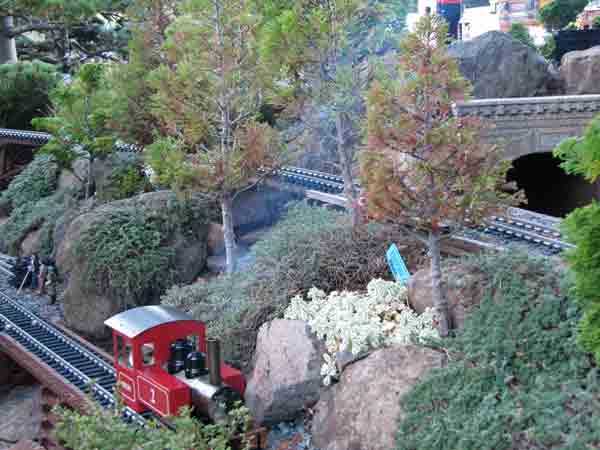
Top Point white cedar tree Common name: Top Point white cedar Latin name: Chamaecyparis thyoides ‘Top Point’ Plant type: dwarf conifer Plant size: 4-5′ at maturity USDA Hardiness Zones: 3-9 Cultural needs: Moist or average, slightly acidic soil; full sun Classics among railway forest trees are the many, dwarf varieties of Chamaecyparis thyoides, the native […]
Read More…

It is difficult to keep garden railroad buildings dry. We have all spent hours constructing fine models of buildings for our railroads. Depending on your climate, they are not out long before they start to decay. More and more modelers are turning to plastic composite materials to build with, but certain plastic materials can be […]
Read More…
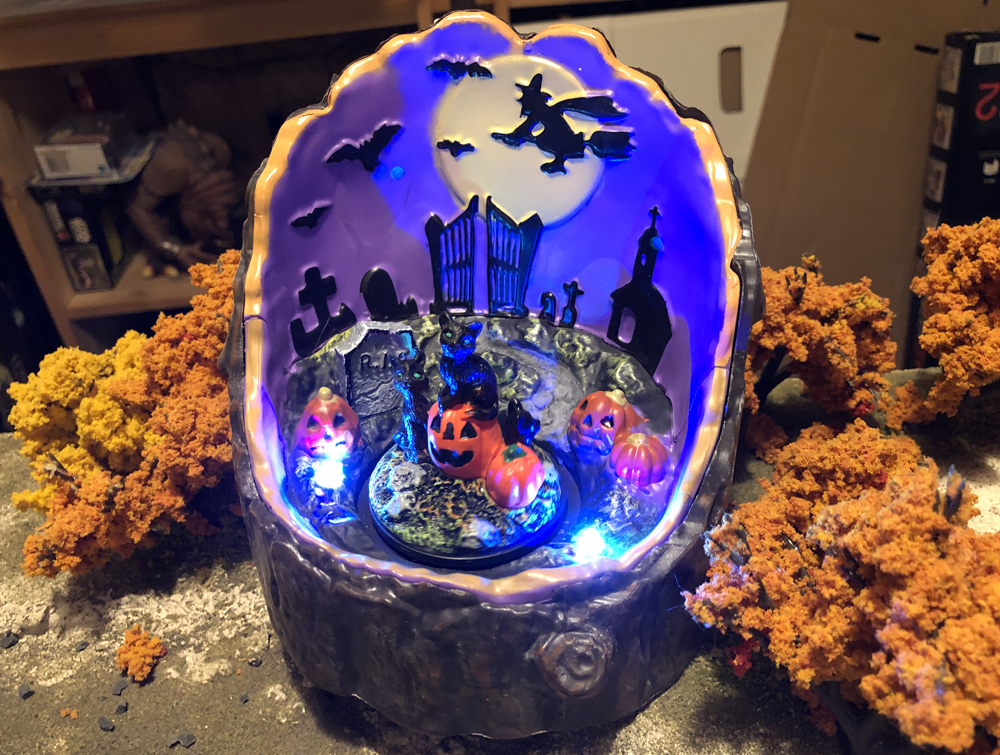
An easy Halloween project for your O gauge railroad is sprucing up a store-bought holiday item to add to your layout. With a few supplies, you can complete this project. It’s appropriate for all skill levels, too, so the kids can help! While browsing the Halloween section at Menards, my husband found some fun décor […]
Read More…
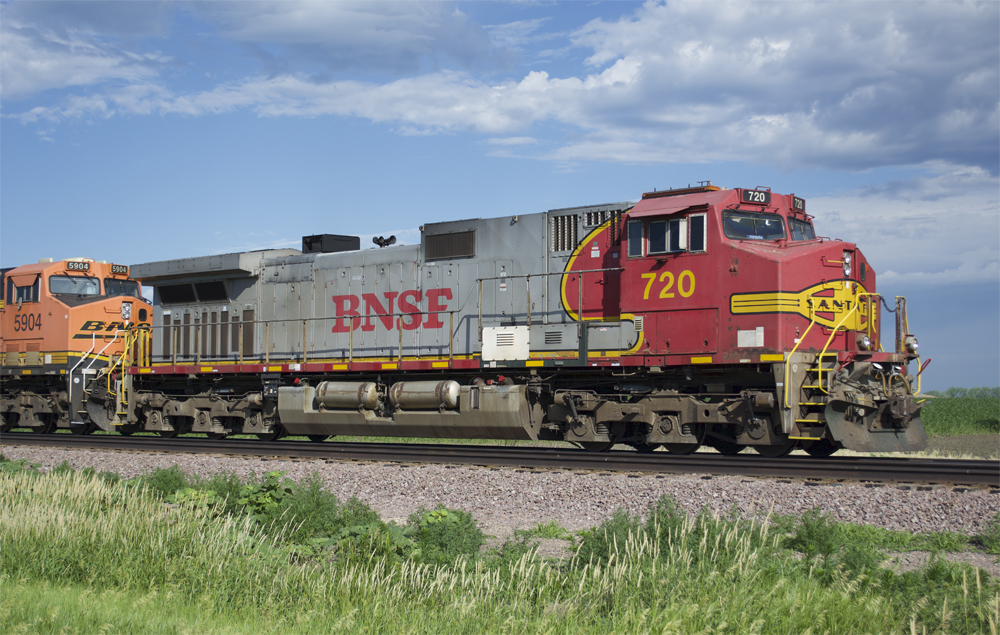
Five modeling ideas from a General Electric Dash 9-44CW: In late June 2022, my wife, kids, and I visited my brother- and mother-in-law in Milbank, S.D. The parsonage they live in conveniently overlooks the BNSF Railway Appleton Subdivision, which runs between its namesake in Minnesota and Aberdeen, S.D. When I woke up on the morning […]
Read More…
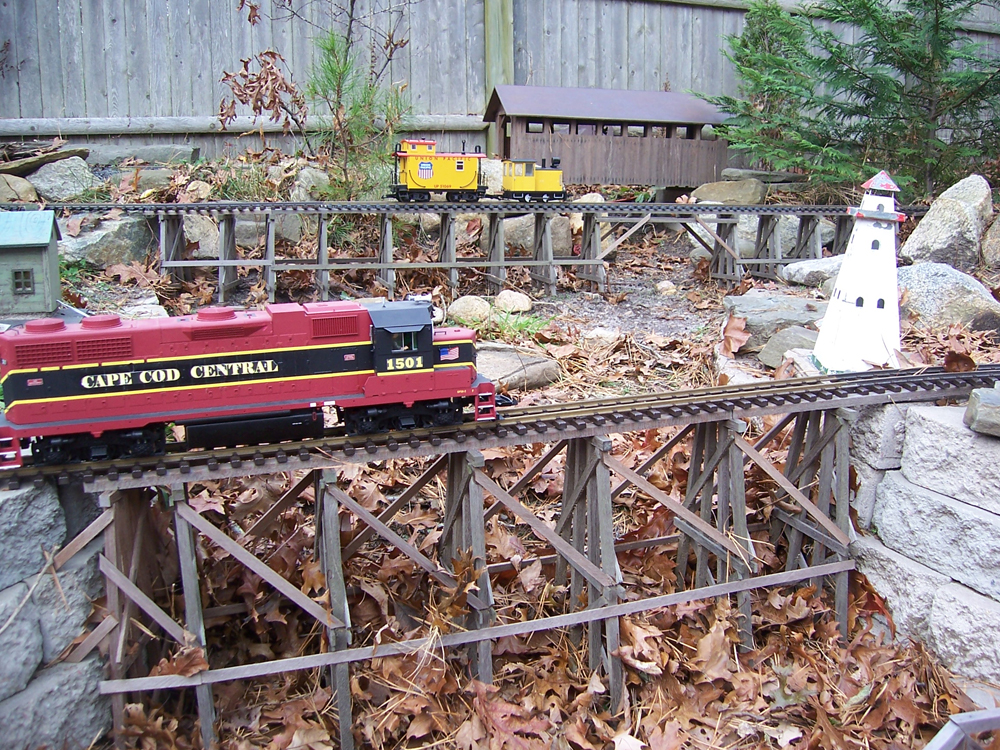
In the fall, it seems all I do is remove leaf debris from trestles. If you have trestles on your railroad, you have probably noticed how they can become excellent leaf traps. Most of my main line is located under trees, and as a result I get piles of leaves. Often, I need to use […]
Read More…












